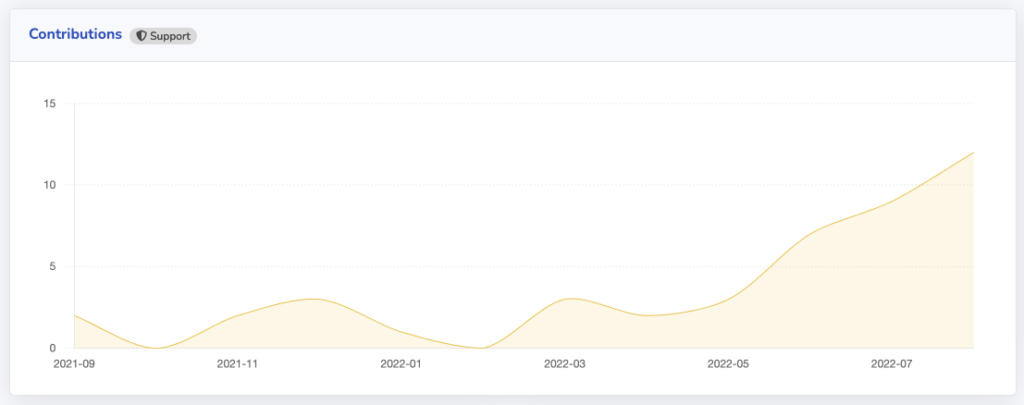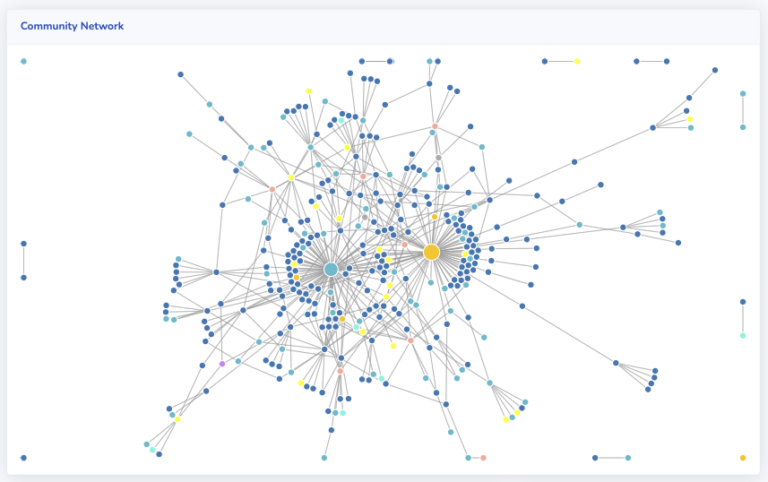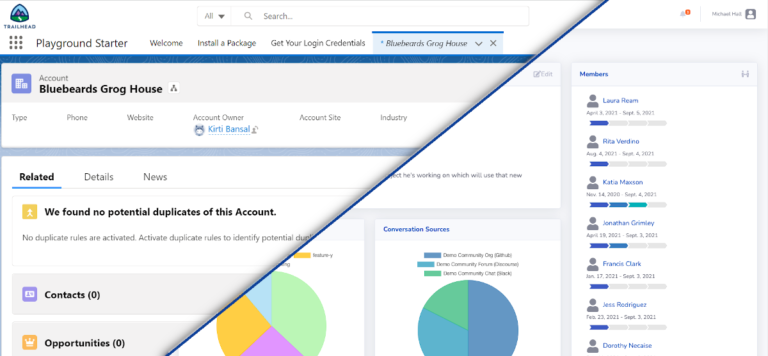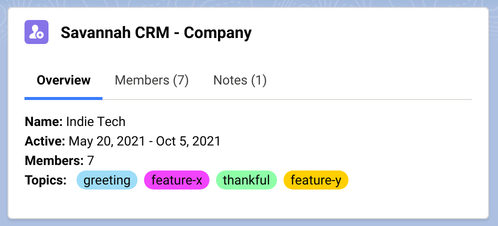If you are building a community around a product or service, chances are it’s a support community. Support communities are built primarily to help your users, current or future, be happy and successful with what you’re building. That’s why measuring you community support independently of engagement is important.
Not All Engagement is not Support
Engagement tells you how active your members are, but it can’t tell you how helpful they are, or how many people are being helped by them. To do that you need a better understanding of that is happening.

Savannah distinguishes engagement between Conversations and Contribution, and then further distinguished Contributions into a number of types, one of which is Support. A support contribution can be identified from platform metadata, or from context, and Savannah will use both.
Explicit vs. Implicit
Some platforms, such as Stack Overflow, are designed for providing support. Others, such as Discourse, have add-ons that can turn them into support platforms. In both cases Savannah will use that explicit data to mark a contribution as support.
More often, though, you have a Slack or a Discord chat where support is happening, but the platform doesn’t know it. For those Savannah uses the content of the conversations themselves to determine if somebody was providing support, and will raise this as a suggestion for you to review.
Breaking it Down
Knowing how much support is happening is a great way to measure the health of a support community. In this case more is almost always better. But we don’t have to stop at just one metric. There are other things we can measure to tell us more about who is providing that support, where, and on what topic.

Savannah can tell you all of these things. So not only can you know if your community is getting the right level of support, you can further tell if it’s your staff or other members providing it, what sources and channels are getting the most support, and what topics are the primary focus of that support. And of course a leaderboard showing your top and most recent support contributors.

A Healthy Community
Support is your primary metric in a support community, but there’s more to it than a simple number. Measuring community support is only the first step in understanding it and increasing it.
Ideally your community becomes self-supporting, this means that over time they will answer more questions than you and your fellow staff will. A large part of this is going to come from our encouraging members to share their knowledge an experience, but also providing them with resources in the form of documentation and blog posts that they can reference.
Another thing to keep an eye on is where that support is happening. You might have some really busy channels with a lot of activity, but not very much in terms of support. While it’s good to have those active channels, that does mean you need to be good as directing new members to the places where they can get the specific support they need.
Finally make sure that the job of providing support is being spread across a larger group of your members. You don’t want one person answering the bulk of the questions because that leads to burnout and dropout. Instead a healthy community will have a number of top supporters.
Support doesn’t have to be passive either. Savannah’s Opportunity feature lets you identify people in need of help, and connect them with members who can help them. This is a great way for you to pro-actively recruit new contributors in your community.




